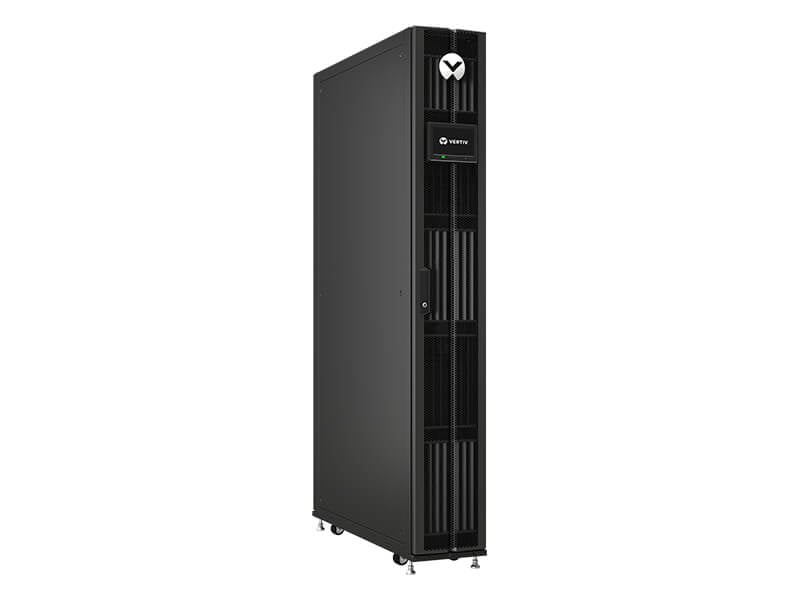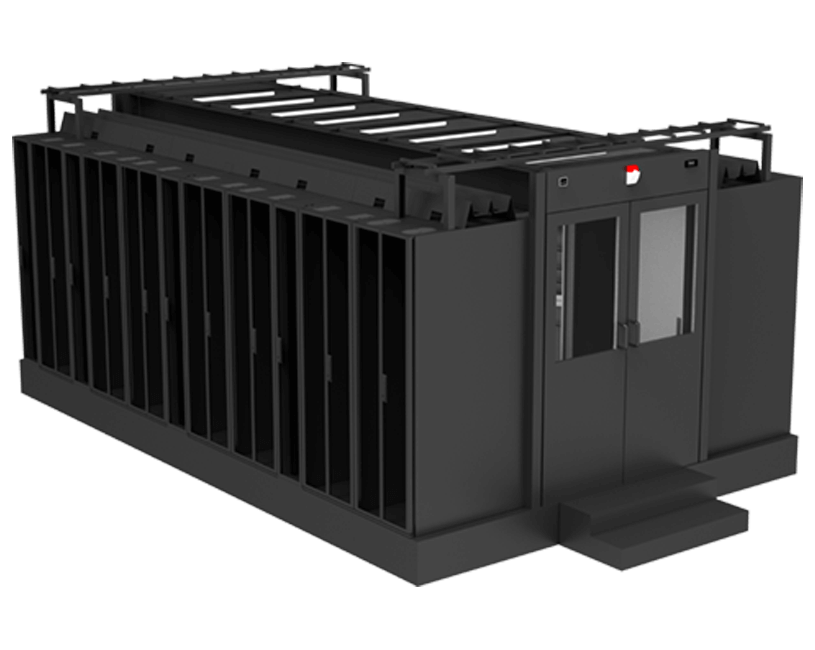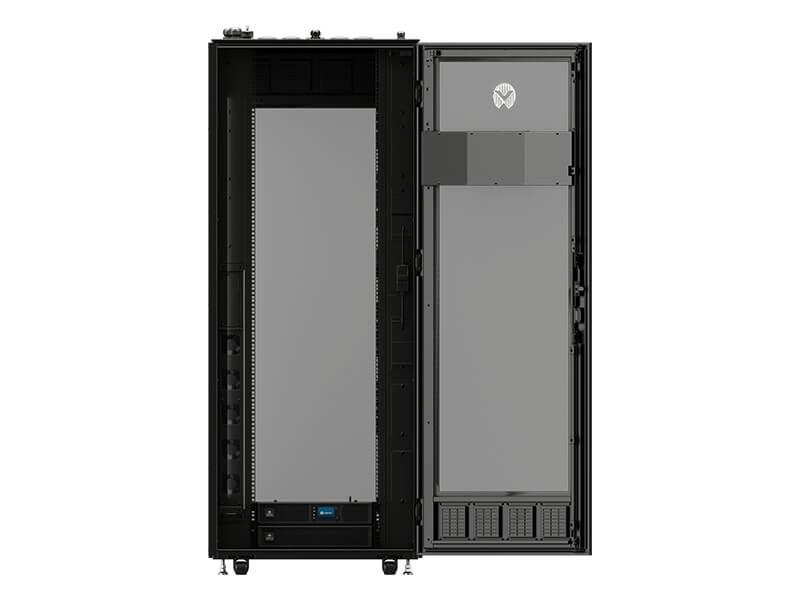For decades, refrigeration and air-conditioning systems have played a crucial role in maintaining effective temperature control in various environments. However, their impact on greenhouse gas emissions has become an increasing concern, as some refrigerant gases have a higher global warming potential (GWP) than others.
With regulations like the EU’s latest F-Gas Regulation (EU 2025/573) pushing the industry toward lower-GWP alternatives, companies are adapting to meet new environmental standards. This transition is driving innovation in cooling technologies, with companies like Vertiv continuously investing in solutions that can help reduce environmental impact.
What is a refrigerant gas?
Many refrigerant gases contain Fluorine, which is why they are named F-Gases. These gases are typically found in cooling systems, which often consist of a split unit with the evaporator element absorbing heat being separated from the condenser / compressor unit for releasing captured heat to the wider environment.
It is the refrigerant gas which moves heat energy from the evaporator element to the condenser unit. Certain characteristics and properties are essential for a refrigerant gas to perform its task efficiently under various conditions and with different applications.
Here are the top five characteristics that make for an effective refrigerant gas:
- Low Boiling and Freezing Points: allow the refrigerant to efficiently absorb and release heat during the refrigeration cycle.
- High Critical Pressure and Temperature: these properties allow the refrigerant to retain good thermal properties and performance under various operating conditions.
- High Latent Heat of Vaporization: enables the refrigerant to absorb a significant amount of heat during phase changes, which assist efficiencies.
- Low Specific Heat of Liquid and High Specific Heat of Vapor: this combination allows for efficient heat transfer, optimizing the cooling process.
- Low Specific Volume of Vapor: reduces the size of the compressor needed for any particular cooling performance, minimizing system size and increase overall efficiency.
What is the F-Gas Regulation?
Introduced by the EU, the F-Gas Regulation 573/2024 brings significant changes to the HVACR (Heating, Ventilation, Air-Conditioning and Refrigeration) industry, particularly for split units with less than 3kg of refrigerant. This regulation applies specifically to the EU-27 countries and aims to further reduce the environmental impact of refrigerant gases. The regulation also differentiates between lower power units (<12kW) and more powerful split units systems (>12kW) further down the line in 2029 and beyond. Understanding these changes is crucial for staying ahead of the curve and capitalizing on emerging opportunities.
Here's what you need to know:
- January 1, 2025: A key deadline! The sale of single split systems with less than 3kg of fluorinated greenhouse gases and a GWP of 750 or more is prohibited.
Exception: Units already "placed on the market", meaning the products made available for sale or use within the EU on or before December 31, 2024, can still be sold in the EU-27 zone after the deadline.
- March 12, 2025: Export restrictions kick in. Split systems with a GWP of 1,000 or more can no longer be exported outside the EU-27 zone.
- January 1, 2029: The GWP threshold drops further. Split air-to-air systems (air conditioning systems commonly used to cool residential or small commercial spaces) up to 12kW of cooling capacity must have a GWP less than 150. Larger split systems with a cooling capacity larger than 12kW will need to satisfy GWP lower than 750. This is likely to impact in-row cooling units.
- January 1, 2033: Larger split air systems with more than 12kW of cooling capacity will again be required reduce their GWP to values lower than 150.
What does the F-Gas Regulation mean for you?
Position your data center for the future with cooling solutions that comply with the latest environmental regulations. As the regulatory landscape changes, make informed decisions to mitigate risks and maintain operational stability. Recognize the GWP values of refrigerant gases to ensure compliance and achieve peace of mind with excellent cooling performance across various operational conditions. Prepare now, master HVAC technology, and embrace evolving F-Gas regulations as a catalyst for innovation and growth.






